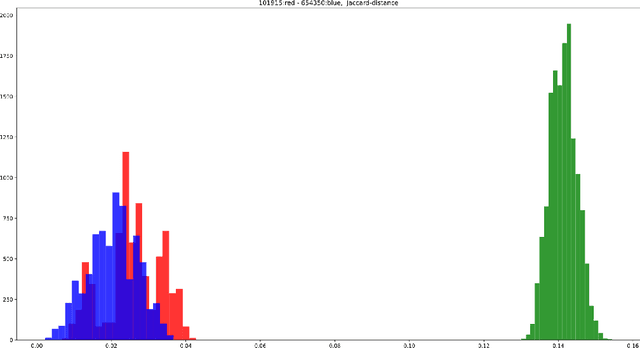Laszlo Keresztes
Introducing and Applying Newtonian Blurring: An Augmented Dataset of 126,000 Human Connectomes at braingraph.org
Oct 21, 2020
Abstract:Gaussian blurring is a well-established method for image data augmentation: it may generate a large set of images from a small set of pictures for training and testing purposes for Artificial Intelligence (AI) applications. When we apply AI for non-imagelike biological data, hardly any related method exists. Here we introduce the "Newtonian blurring" in human braingraph (or connectome) augmentation: Started from a dataset of 1053 subjects, we first repeat a probabilistic weighted braingraph construction algorithm 10 times for describing the connections of distinct cerebral areas, then take 7 repetitions in every possible way, delete the lower and upper extremes, and average the remaining 7-2=5 edge-weights for the data of each subject. This way we augment the 1053 graph-set to 120 x 1053 = 126,360 graphs. In augmentation techniques, it is an important requirement that no artificial additions should be introduced into the dataset. Gaussian blurring and also this Newtonian blurring satisfy this goal. The resulting dataset of 126,360 graphs, each in 5 resolutions (i.e., 631,800 graphs in total), is freely available at the site https://braingraph.org/cms/download-pit-group-connectomes/. Augmenting with Newtonian blurring may also be applicable in other non-image related fields, where probabilistic processing and data averaging are implemented.
 Add to Chrome
Add to Chrome Add to Firefox
Add to Firefox Add to Edge
Add to Edge